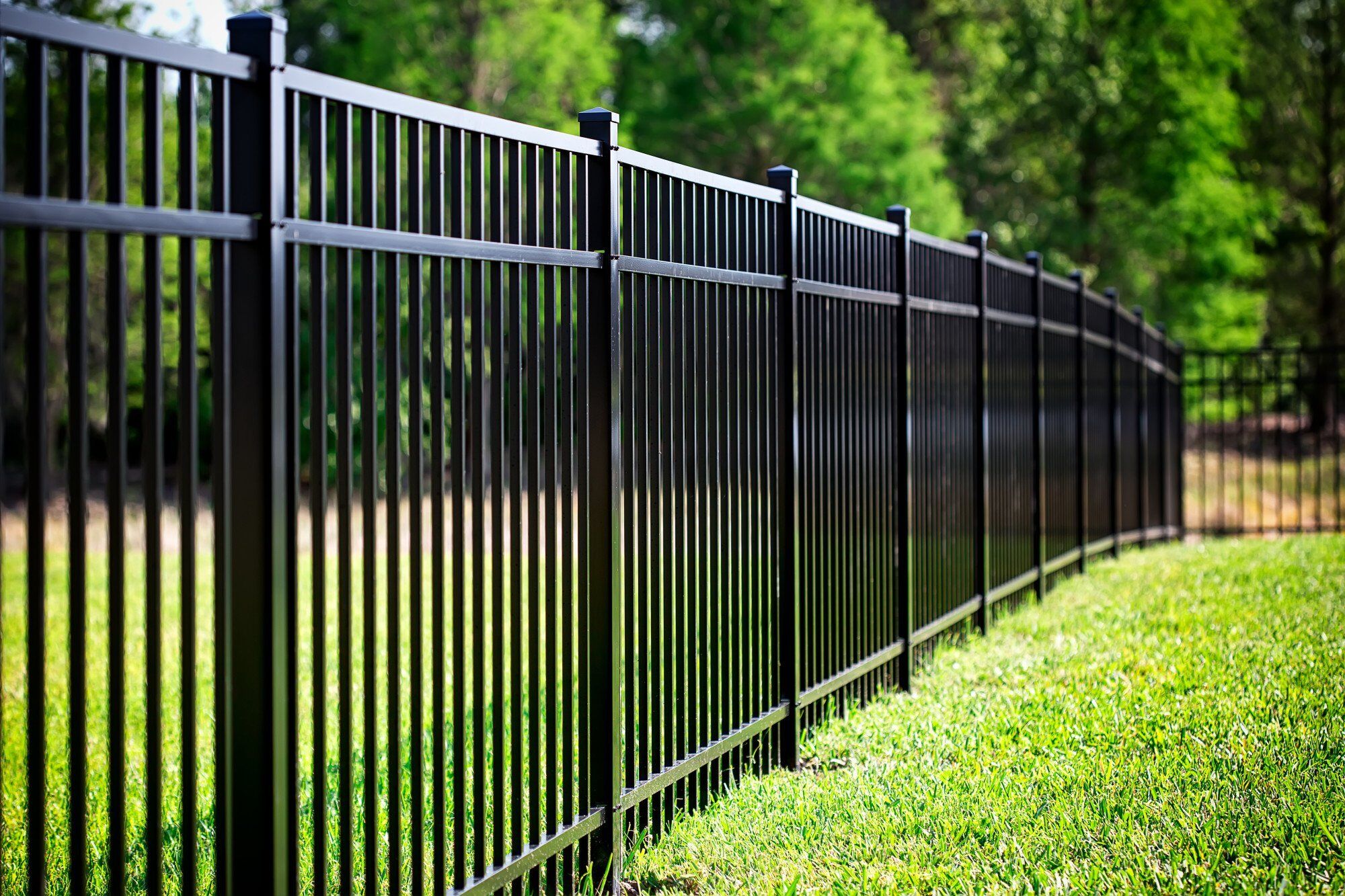All Categories
Featured

Whether it's solid winds, rain, snow, or extreme warmth, weather condition problems can slowly compromise your fencing, leading to expensive fixings or substitute. There are numerous actions you can take to safeguard your fencing from weather-related damage and extend its life expectancy.
- Pick the Right Material. The sort of material your fencing is made from plays a considerable function in just how well it will endure weather. Some products are normally more resistant to damage than others. :
Wooden Fences: While lovely and classic, wood can be vulnerable to moisture, rot, and insects. However, pressure-treated timber or cedar can use far better resistance to these concerns. Vinyl Fencings: Vinyl is extremely immune to dampness, rot, and insects. It also stands up well to harsh sunlight and hefty rainfall. Steel Fences: Wrought iron or light weight aluminum fencings are durable and can withstand a selection of weather. They can, however, experience from rust with time, particularly if not appropriately covered. Compound Fences: Made from a blend of timber fibers and plastic, composite fencings are extra resistant to weather-related damage compared to typical wood fences. Picking the best material for your region's environment is the first action in protecting your fence from weather condition damages.
- Seal or Stain Wooden Fences. Wooden fences are specifically at risk to damage from moisture, UV rays, and temperature fluctuations. One of one of the most reliable ways to safeguard your timber fencing is by applying a safety sealer or discolor. These products assist:
Stop Water Damages: Sealants develop a waterproof barrier, preventing dampness from leaking right into the wood and creating rot, mold, or mold and mildew. Protect Against UV Damages: An excellent discolor or sealant will likewise obstruct harmful UV rays from the sun, which can cause wood to dry out, split, and stain in time. Maintain the Fence's Appearance: Routine staining aids keep the all-natural beauty of the timber and extends its life-span. It's suggested to reapply the tarnish or sealant every 1-- 2 years to keep your surround excellent condition.
- Mount an Obstacle for Wind Defense. Strong winds can cause significant damage to your fencing, especially if it is high or weak. Wind can flex or break wood panels, loosen up fence posts, or also cause the entire fencing to collapse. Setting up a windbreak-- such as planting bushes, hedges, or installing a mesh barrier-- can help shield your fencing from high winds.
Additionally, you can strengthen the messages with concrete or steel braces to offer added security and avoid changing or leaning.
- Trim Overhanging Branches. Falling branches can damage panels or damage the fence articles, leading to expensive fixings. Keeping the branches reduced back reduces the risk of branches breaking off and causing damages to the fencing.
- Regular Assessments and Maintenance. Doing regular upkeep and assessments is vital to capturing potential problems before they escalate. After a hefty storm, check your fencing for any kind of indicators of damages, such as loosened panels, leaning blog posts, or damaged sections. Looking after small problems prior to they become larger ones can help extend the life of your fence.
Furthermore, cleaning your fencing regularly to get rid of particles, mold, or dirt can help preserve its look and integrity. For wood fencings, gently pressure clean the surface area to get rid of built-up gunk, and for vinyl fencings, utilize a light cleaning agent to clean up any type of stains.

- Guarantee Correct Drainage. Water damage is one of the most common weather-related concerns that impact fencings. Poor drainage can lead to standing water around your fence posts, which can trigger the articles to rot or compromise over time.
- Apply a Protective Finishing to Steel Fences. Metal fences, such as those made of iron or steel, are highly durable however can be vulnerable to rust if not effectively kept. Using a protective finishing or paint that is especially made for steel can aid avoid rust and corrosion. Be sure to inspect the fencing occasionally for any type of indicators of corrosion, and address it quickly by sanding and painting the influenced areas.

Conclusion. Your fencing is a beneficial investment, and shielding it from weather-related damage will assist guarantee that it remains to serve its purpose for many years ahead. By choosing the ideal products, regularly maintaining your fence, and taking actions to secure it from the components, you can reduce weather-related damage and extend its life-span. Whether you're dealing with solid winds, hefty rain, or the harsh sunlight, these basic actions can go a lengthy way in preserving the problem and appearance of your fencing, saving you money and time in the lengthy run.
Latest Posts
Check Out the Best Auto Repair Coupons in Montclare, Chicago
Published May 24, 25
1 min read
Secure Your Financial Investment with Specialist Seamless Gutter Setup
Published May 20, 25
1 min read
How Chicago Drivers Trust Montclare Auto Repair for Trusted Service and Great Savings
Published May 20, 25
1 min read
More
Latest Posts
Check Out the Best Auto Repair Coupons in Montclare, Chicago
Published May 24, 25
1 min read
Secure Your Financial Investment with Specialist Seamless Gutter Setup
Published May 20, 25
1 min read
How Chicago Drivers Trust Montclare Auto Repair for Trusted Service and Great Savings
Published May 20, 25
1 min read